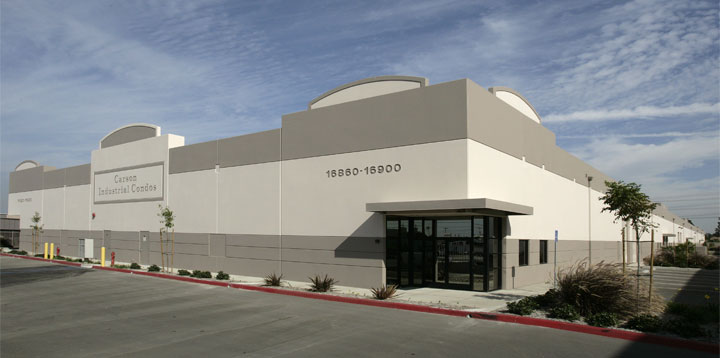
Category Archives: Market Trends & Indicators
Market trends, leading or lagging indicators. As it relates to industrial property.
Southern California Slowing Acceleration
The Southern California industrial market continues to generate superlatives — highest rents, lowest vacancies, most construction, greatest absorption — but 2008 looks to a see if not an actual slowdown at least a tapering off in the rate of growth.
One forecaster states “It’s a time to catch our breath and prepare for the next wave. Most industrial developers are welcoming the slowing. The pace has been almost too fast. All this money has been pouring in, and sales and lease activity has been unbelievable. I think most people agree we need a break to catch our breath and assess what the next steps should be. Demand remains solid on both the sales and leasing ends. Cap rates are holding. Rents are holding. It’s more a question of slowing acceleration than deceleration.”
If there is any serious concern about the region’s future, it lies in the possibility of a downturn at the ports of Los Angeles and Long Beach, which account for 40% of U.S. imports.
37% Increase in Container Shipments
The majority of the industrial market remains steady in either the recovery or expansion phase. Top markets include Los Angeles and Orange County, Calif., Sarasota, Fla., and San Francisco. One trend to watch: the development of intermodal facilities–where shipping containers are transferred between rail and truck. Container shipments have increased 37 percent in the last five years, and now represent the largest revenue source for railroads. This trend is expected to continue as manufacturing of consumer goods continues to shift to Asia. The twin ports in Los Angeles turn heavy loads of containers and the rail and truck yards are booming to keep pace with the imports.
Liquidity meets demand for Commercial Loans
The third quarter of 2007 witnessed dramatic changes in the real estate capital markets not seen in recent years. With the foreshadowing of a credit crisis on the horizon as sub-prime residential mortgage companies began to fail, the capital markets reacted with a swift constriction of conduit lending for a short period of time due to a cut-back of investor interest in CMBS and CDO (Commercial Debt Obligations) investment products and new underwriting standards to address the state of flux that has gripped the industry.
Access to debt and equity financing has been constrained by the recent credit crunch, but the real estate fundamentals are still strong, according to real estate experts. Stan Ross, Chairman of the Lusk Center for Real Estate at USC, said, “You may see some nervousness in the commercial real estate lending markets, but I am not sure that matters. The fundamentals remain good for commercial real estate in most markets. There is not a lot of new supply coming online. There is a lot of global capital there to do what we need to get done; it bodes well for real estate, very well for real estate.”
The fundamentals in the Southern California industrial market remain strong with good economic occupancy, growth in rental rates, population and employment growth, and limited supply for the inherent demand. Lenders continue to favor industrial, as well as retail and multi-family. These product lines are still trading at record levels, with low capitalization rates unheard of just ten years ago.
The repricing of risk has had a dynamic effect on the real estate capital markets. Buyers of investment properties have had to deal with the increase of margin spreads on existing debt financing, as well as new underwriting standards. This has stalled some transactions in the late third quarter, but capital remains plentiful in the marketplace. Underwriting standards and credit availability have caused lenders to migrate to higher quality assets, locations, operational histories, and sponsorships.
Owner/user/purchasers are seeing favorable conditions even in the current lending climate. SBA loans to fund the purchase of owner-occupied buildings have not been affected dramatically. Balance sheet lenders that typically originate the SBA programs are still very active, providing borrowers with higher leverage (up to 90% LTV) and competitive rates through the SBA 504 program.
The lender groups that have dominated the market in the recent past, large institutional lenders and Wall Street firms, have been forced to the sidelines; however, life companies and portfolio lenders are still very actively funding transactions. Buyers are finding changes in the lending climate, evidenced by the lower loan-to-value ratios and larger equity requirements, based upon their new underwriting criteria.
Interest rates and spreads will continue to reflect the volatility in the marketplace. It remains to be seen how long the uncertainty in the market will last, with experts saying that the credit situation should subside by the beginning of 2008. The current condition of the market has created opportunities for private lenders and life companies while the secondary mortgage market works through the recent turmoil.
Central Los Angeles Industrial Market Q4-2007

